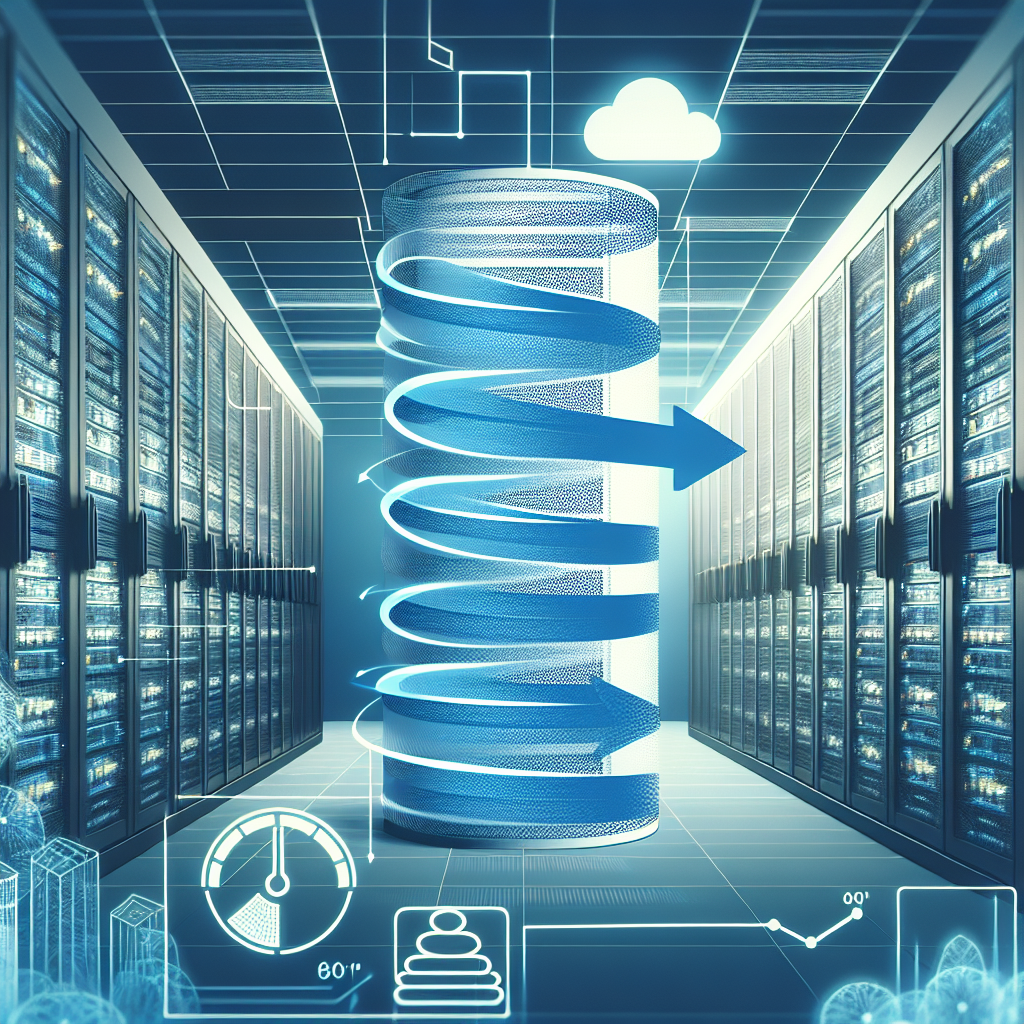Your cart is currently empty!
How to Reduce Energy Consumption with Data Center Cooling

Data centers are essential for storing and processing large amounts of data for businesses and organizations. However, they can be energy-intensive operations, with cooling systems accounting for a significant portion of energy consumption. In fact, data center cooling can consume as much as 40% of the total energy used by a data center. Reducing energy consumption in data center cooling is not only environmentally friendly but can also lead to cost savings for businesses. Here are some tips on how to reduce energy consumption with data center cooling.
1. Optimize airflow management: Proper airflow management is essential for efficient cooling in data centers. Implementing hot aisle/cold aisle containment systems can help to separate hot and cold air streams, preventing them from mixing and reducing the workload on cooling systems. Additionally, sealing cable openings and installing blanking panels can help to prevent air leaks and improve airflow efficiency.
2. Use energy-efficient cooling systems: Upgrading to energy-efficient cooling systems can significantly reduce energy consumption in data centers. Consider investing in technologies such as variable speed drives, economizers, and free cooling systems, which can help to optimize cooling efficiency and reduce energy usage.
3. Implement temperature and humidity controls: Setting temperature and humidity controls to recommended levels can help to prevent overcooling and reduce energy consumption. By monitoring and adjusting these parameters based on workload and environmental conditions, data centers can maintain optimal operating conditions while minimizing energy usage.
4. Utilize data center infrastructure management (DCIM) tools: DCIM tools can provide real-time monitoring and analysis of data center performance, allowing businesses to identify inefficiencies and optimize cooling systems. By using DCIM tools to track temperature, airflow, and energy usage, data centers can make data-driven decisions to reduce energy consumption and improve overall efficiency.
5. Consider renewable energy sources: Integrating renewable energy sources, such as solar or wind power, into data center operations can help to reduce reliance on traditional energy sources and lower energy consumption. By generating clean energy on-site, data centers can reduce their carbon footprint and contribute to a more sustainable future.
Reducing energy consumption with data center cooling is not only a responsible environmental choice but can also lead to cost savings and improved operational efficiency. By implementing these tips, businesses can optimize cooling systems, reduce energy usage, and create a more sustainable data center environment.

Leave a Reply